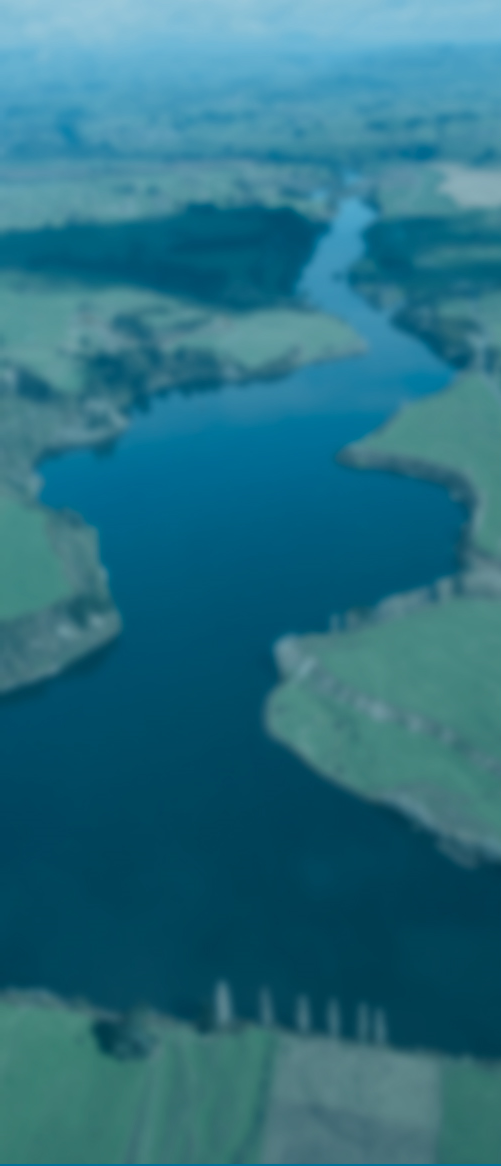


Hawke’s Bay on the east coast of New Zealand's North Island - Te Ika a Maui has seven major river systems (mostly fast flowing, gravel bed rivers), two significant aquifers and four major lakes as well as many smaller rivers, streams, lakes, wetlands and groundwater systems.
NIWA climate change modelling data predicts that the eastern coast of New Zealand will experience more frequent and prolonged droughts.
Hawke's Bay Regional Council monitors about 70% of the water use in Hawke’s Bay through its water metering programme. Nearly 500 sites are using telemetry to gain automated and near-realtime monitoring of their water use to improve efficiency.
Groundwater has been relied on as a dependable and safe water supply for domestic, irrigation and industrial purposes. The two known major groundwater systems in Hawke’s Bay are under the Heretaunga Plain and Ruataniwha Plain. Hawke’s Bay Regional Council continues to investigate the linkages between river and groundwater resources.
The Heretaunga aquifer has been identified by the Ministry for the Environment as a national water body of the highest economic value for existing and potential domestic and industrial use.
The Ruataniwha and Takapau Plains area of Central Hawkes Bay are vulnerable to dry summers and droughts. This has generated interest in options for the future. A proposed dam and irrigation scheme has been consented and is in the final stages of planning and financing. The scheme is a long-term sustainable water supply solution for Central Hawke’s Bay and part of a wider programme to better manage water resources (quantity and quality) in the Tukituki catchment. Associated with this proposal is a plan change (6) to the Regional Resource Management Plan which considers parts of the Tukituki catchment – including the Ruataniwha Basin – to be fully allocated.
Restoration projects on many waterways in Hawke's Bay - on both public and private land - aim to improve water quality, water flow, habitats and recreational opportunities.